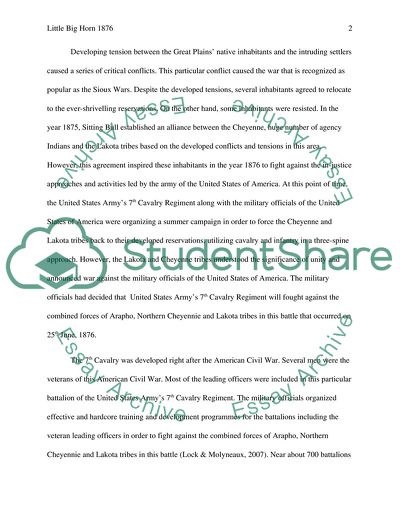Cite this document
(“Little Big Horn 1876 Research Paper Example | Topics and Well Written Essays - 1000 words”, n.d.)
Little Big Horn 1876 Research Paper Example | Topics and Well Written Essays - 1000 words. Retrieved from https://studentshare.org/history/1626159-little-big-horn-1876
Little Big Horn 1876 Research Paper Example | Topics and Well Written Essays - 1000 words. Retrieved from https://studentshare.org/history/1626159-little-big-horn-1876
(Little Big Horn 1876 Research Paper Example | Topics and Well Written Essays - 1000 Words)
Little Big Horn 1876 Research Paper Example | Topics and Well Written Essays - 1000 Words. https://studentshare.org/history/1626159-little-big-horn-1876.
Little Big Horn 1876 Research Paper Example | Topics and Well Written Essays - 1000 Words. https://studentshare.org/history/1626159-little-big-horn-1876.
“Little Big Horn 1876 Research Paper Example | Topics and Well Written Essays - 1000 Words”, n.d. https://studentshare.org/history/1626159-little-big-horn-1876.


